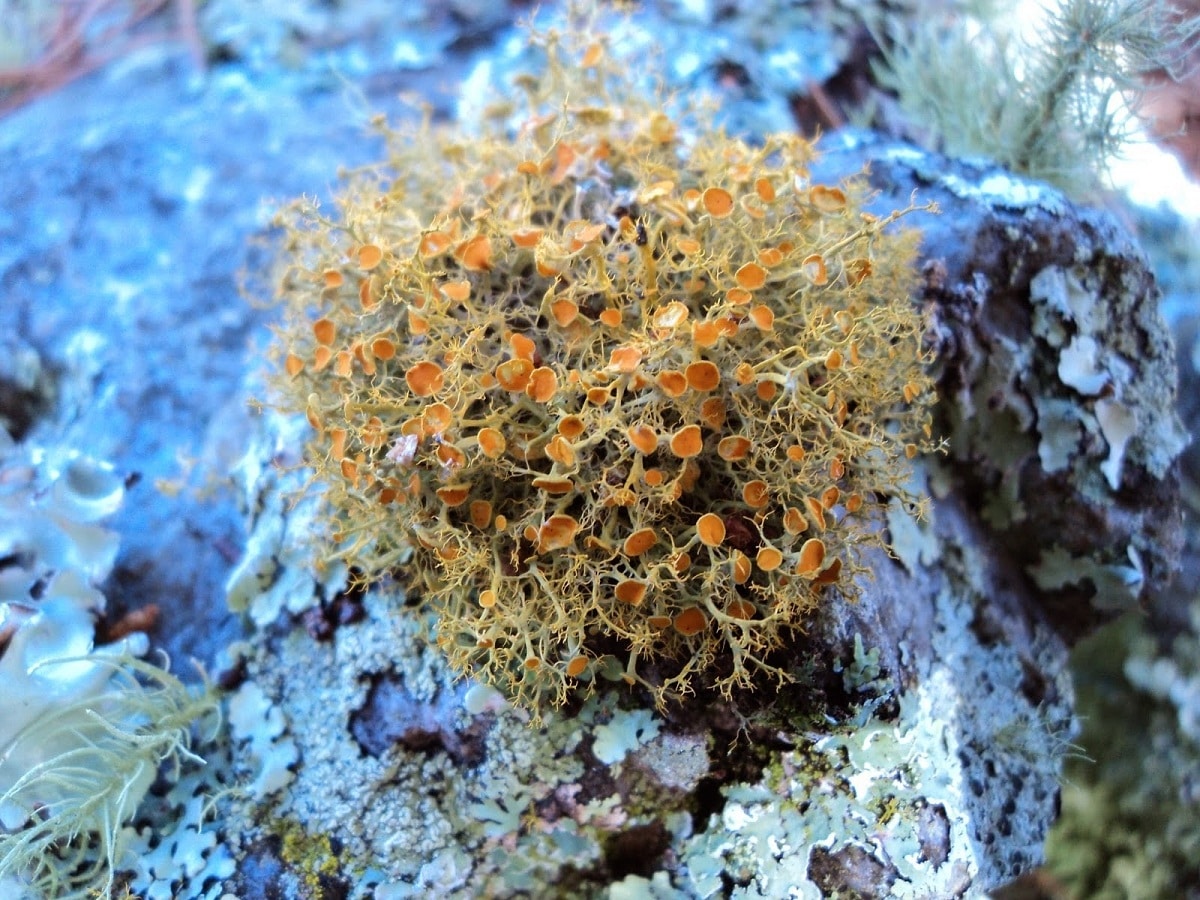

In the world there are organisms that are capable of obtaining energy from non-life matter that are in a state of decomposition. It’s all about the organisms saprophytes. They are living beings that are responsible for interacting with the environment at the microscopic level. Thanks to this type of living beings, the ecosystem can be renewed. Its main source of food is decomposing matter. This means that ecosystems can continue with their cycle and recover a large part of the energy that dissolves over the years.
In this article we are going to tell you everything you need to know about saprophytes and their importance.
Key features


It is a group of organisms to which fungi, certain bacteria and water molds belong. They are capable of interacting with the environment at the microscopic level and their role in the ecological balance is very important. They are organisms that are responsible for occupying the first step in the disintegration process of non-living material. When a living being dies, saprophytic organisms are responsible for decomposing matter. They are capable of metabolizing some of the compounds of non-living matter to be able to convert it into totally reusable products.
This is how they return to the environment in the form of free ions all the components of the debris. They are considered as microconsumers since the amounts of food that they are capable of consuming is small. They are found in the food chain and their nutrients are taken from a detrital mass. This mass is usually in effect of decomposition with the passage of time.
Saprophytes are heterotrophic organisms because they obtain organic matter from another organism. They are not able to get energy on their own. They usually obtain their energy from dead organic matter or detrital masses. They are organisms that are extracted from decomposed materials some elements that are used to fulfill vital functions.
One of the main characteristics is that they are osmtrophs. That is, it means that these organisms can absorb nutrients through osmosis. The concentration gradient of the substance are found in two different media. This makes osmosis plays an important role in being able to transport all the nutrients. Obtaining these organic nutrients depends on external digestion. In this case, the enzymes are the ones that facilitate the degradation of the molecules.
Biology of saprophytes


We are going to see what saprophytes are composed of to be able to degrade organic matter and feed on it.
- Cellular wall: It is a resistant wall that the cells of fungi, bacteria and mold have. This wall is quite resistant since it must withstand osmotic forces and cell growth. It is usually located on the outside of the cell membrane. It is a membrane composed of chitin, while algae, also present, are frequently made up of glycoproteins and polysaccharides. Only in some cases can it be seen that this cell wall is made up of silicon dioxide.
- Plasma membrane: the plasma membrane in saprophytic organisms has a selective permeability. Thanks to this type of permeability, they can use diffusion so that only certain types of molecules or ions pass through the membrane itself.
These organisms are capable of modifying the substrate and also the pH of the environment. It is a specific feature that only occurs in green fungi and is part of the group of fungi that belong to the genus Penicillium. All bacteria belonging to the Pseudomonas genus can change color depending on the environment in which they are found.
Ecological role of saprophytes


We have mentioned on several occasions that these organisms are important for ecological balance. We know that it fulfills a function for the ecosystem since they are part of the organisms that are responsible for closing the natural cycle of matter. When these organisms feed, they are charged with decomposing all the organisms that have already completed their life cycle. Thanks to that, they can get the nutrients that are recycled, released and returned to the environment. In this way, these nutrients will again be available to other living beings so that they can take advantage of them.
The organic matter that is decomposed has nutrients such as iron, calcium, potassium and phosphorus. These nutrients are essential for the development of plants. Since the cell wall of plants is also composed of gloss, it is difficult to be processed efficiently for most organisms. However, these saprophytes They have a group of enzymes that allows them to digest the structure of the cell wall without much complexity.
The end product of the breakdown process is simple carbohydrate molecules. When this decomposition process occurs, carbon dioxide is released into the environment where it is taken up by plants through the process of photosynthesis. Many of the components that living beings have can be degraded almost exclusively by saprophytes. One of these components is lignin.
Nutrition
We are going to divide the groups into which saprophytes can be classified depending on the type of food. Obligate saprophytes are those that obtain nutrients exclusively through the decomposition of lifeless organic matter. It belongs to the saprophytes only during one phase of their life and they become facultative. This type of nutrition is known as osmtrophy since it occurs in several stages and by the process of osmosis.
These saprophytes are responsible for releasing some hydrolytic enzymes that can hydrolyze large molecules that contain debris such as polysaccharides, proteins and lipids. These molecules, through the process of osmosis, are unfolded into other smaller molecules. As a result, biomolecules that are soluble are released. Thanks to this, the substances reach the cytoplasm and thus the saprophyte cells can be nourished, allowing their growth and development.
I hope that with this information you can learn more about saprophytes and their importance in the environment.

